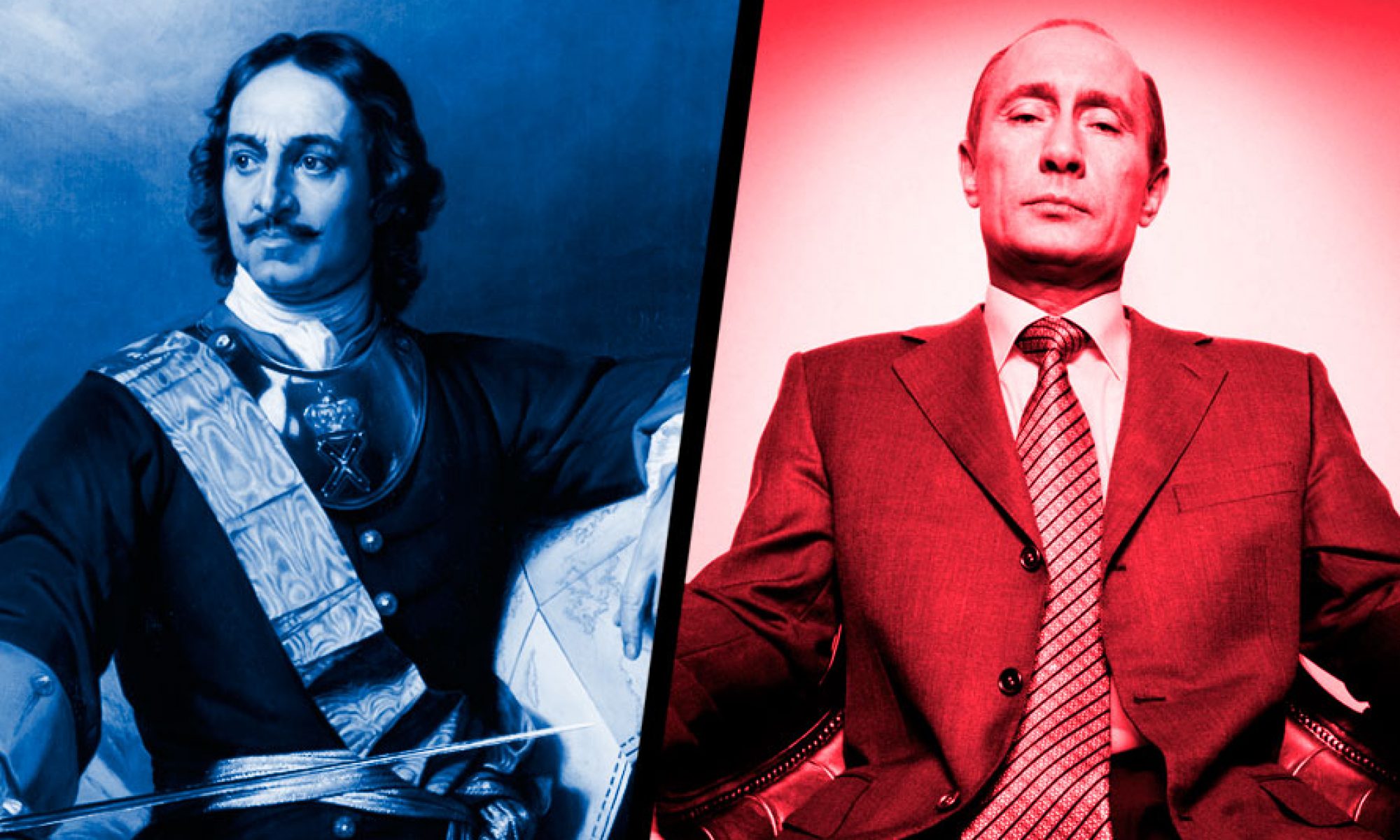The turn of the nineteenth century saw change across Europe, which included Russia. A new age of modernity was opened and revolution spread like wildfire. In December 1925, Russia witnessed this lust for change manifested in the Decembrist Revolt. Upset with the established order of the tsar and rigid societal issues, radial civil servants and many militants tried to take advantage of the interregnum crisis on December 14, 1925 (Saunders 89). However, this unrest took years to unfold and cultivate. Ironically, the reforms of Tsar Alexander I helped to influence this unrest.
For the most part of his reign, Alexander I experimented with different reforms and further opened ties with the west. These reforms encouraged Russian civil servants, both radical and moderate, to demand further reforms. As historian David Saunders states, “The diversity of his political interests, unrest in western Europe, and an increasing awareness of the complexity of Russian society persuaded Alexander to abandon the cause of reform in the last years of his life, but by then it was too late to put the genie back in the bottle” (Saunders 88). Bet setting the course for reform, Alexander I influenced, and was unable to control, revolutionary movements who wanted more reforms. For example, Alexander I increased the availability of education. But this expansion of education enabled revolutionary ideas and literature to circulate among secret circles, like the Decembrists (Saunders 92). Additionally, by sending the military to occupy parts of western Europe during and after the Napoleonic Wars, the tsar enabled a military intelligentsia that “claimed that seeing western Europe had a profound effect on their political outlook” (Saunders 99). After enabling revolutionary ideas with his reform, Alexander I only angered and brought revolution closer when he tried to roll back the reforms.
I found it interesting that Saunders compares the Decembrist Revolt to a genie being let out of the bottle. I would like to compare the tsar’s balancing act to a boiling pot. In reforming Russian society and politics, the tsar is heating up the pot, making ideas of reform more accessible and appealing to the Russian citizens. Eventually, the pot will boil over and ideas of revolutionary actions will come to fruition, like on December 26, 1825. Even if you try to cover the pot, it will still boil over. The tsar has to balance how much steam to let out before the pot of revolutionary ideas boil over. With this comparison in mind, do you think it is possible for the tsar to issue reforms, without the Russian citizens becoming overzealous with change? Is political change inevitable with an absolute monarchy? Is the only response to stop change, while still retaining the political status quo, to rule with an iron fist and regress on reforms? Why or why not?
